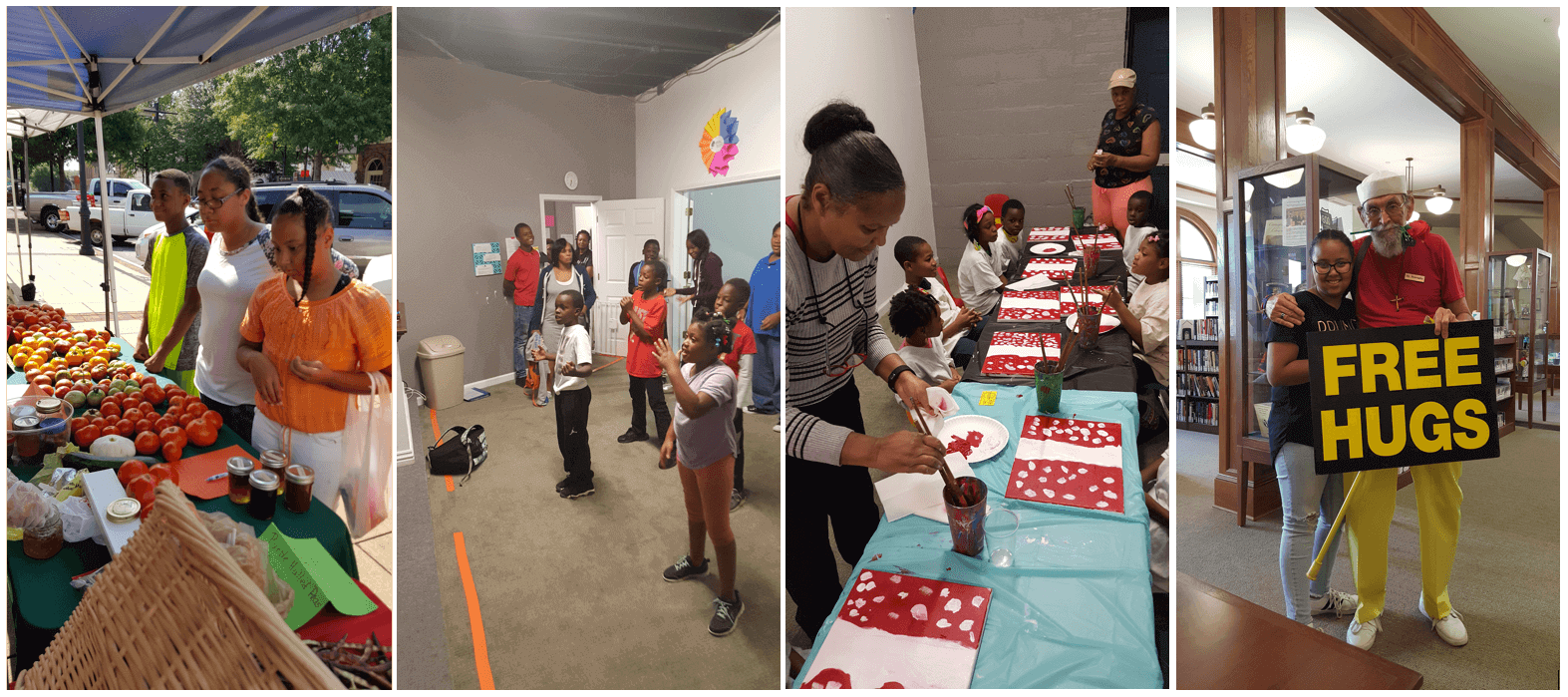Beat The Street
Cognitive Behavior Therapy for Youth & Children
Development Services
Youth Development Services engage school-age youth in a variety of social, educational, and recreational activities appropriate to their needs, interests, and abilities; promote the development of positive relationships with adults and peers; and provide a physically and emotionally safe environment for young people to spend their out-of-school time hours.


